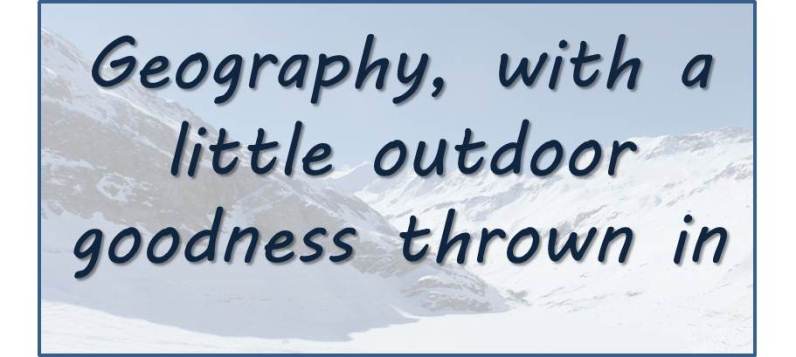A well deserved chill out day on Sunday in Akureyri, Iceland's
second largest settlement with a population of 16,000, involved hot
tubs, swimming, more slide action, and a trip to the cinema to see
Prometheus. Although the film is pretty awful it was interesting to
see whether the parts of Iceland they filmed in made it into the
final cut. Going by John's description of the site they filmed just north of Hekla, it looks as though the gravel tracks are the only
thing of Iceland they kept in; the volcanoes and local environment were clearly not impressive enough!
Back on the road on Monday we headed
West on Route 1 and then at Vatnsskard headed south down the mountain road
towards the Kjölur region. This was my first outing into Iceland's
interior and the van didn't disappoint in coping with the gravel roads
and washboard ruts. A river crossing to
access sites on Tuesday made me thankful we had four wheel drive.
Hot springs all the way
On the way down we stopped at
Hveravollir which is a collection of hot springs similar to those we later visited at
Geysir. The photos don't really do justice to the colours and smells
you get from being up close to them. Being located in the middle of a
mountain track means it doesn't suffer from an influx of tourists so
it still feels fairly remote. On the way back on Wednesday we
managed a well deserved dip in Hveravollir's outdoor hot tub.
 |
| Hot spring at Geysir. |
The weather has remained reasonable for
the last few days although showers and cooler temperatures are far
more regular as you would expect from a mountainous region. The two
ice caps of Langjökull and Hofsjökull dominate the skyline as you
head further west.
 |
Langjökull ice cap with shield volcano on the right and
and table volcano on left.
|
Ash galore
In terms of sampling, we originally found it difficult to find suitable sites to uncover the ash layers. With it being a far more hostile place there are no farms and associated ditches around and the soil is very thin due to constant high winds and lack of vegetation to consolidate it. We hit hard permafrost in one sample pit whilst digging down. When we did fine a good site the changes in the profiles have been quite interesting with far more course tephra present particularly in the Hekla 3 layer we have been sampling (click here for reminder of the different layers). This isn't as surprising as we've been sampling much closer to Hekla than last week when we were on the north coast. John's colleague Thor Thordarson joined us on Tuesday and was an excellent guide providing really detailed and interesting explanations for a number of the harder to distinguish tephra/ash layers and material from other eruptions such as those from Katla. |
| A pit sample from the Kjölur region. You can see the black ash layer from a Katla eruption mid way up the profile between the Hekla 3 (brown top white bottom) and Hekla 4 (light yellow) layers. |
It's not all been sunshine and happy
sampling though. The small black flies that inhabit the upland areas
have been doing a fine impression of the classic midge swarms you often
encounter in Scotland. Although these wee flies don't bite as much,
their sheer numbers provide enough annoyance that when combined with
Tuesday's mild and still conditions they were definitely pushing a category
5 on the Smidge
forecast.
 |
| Fly survival suit |
We're heading back across to Akureyri tomorrow (Thursday) with the intention of continuing the sampling down the East coast.










